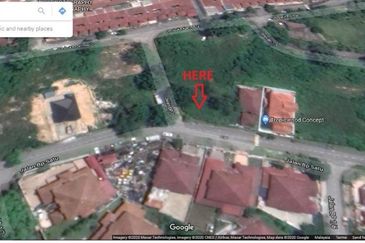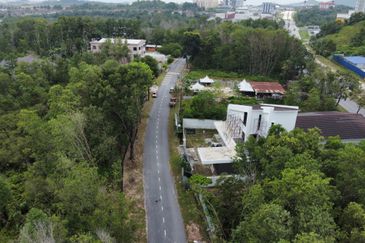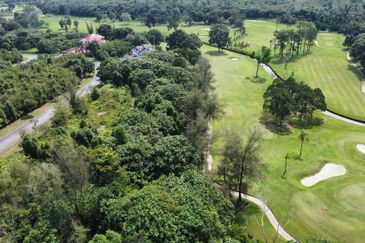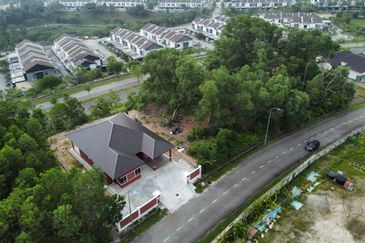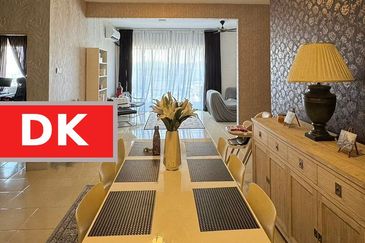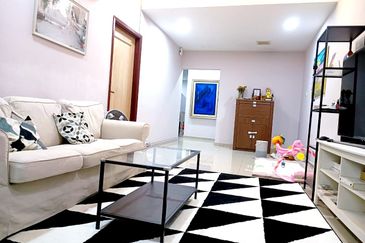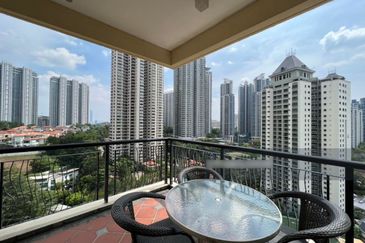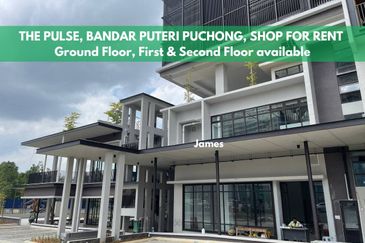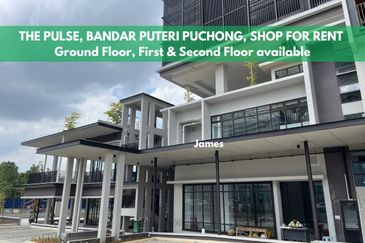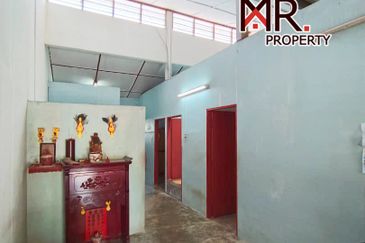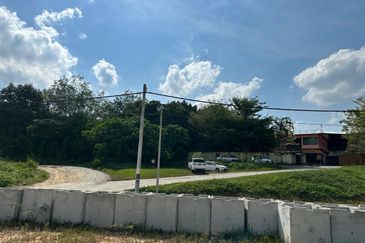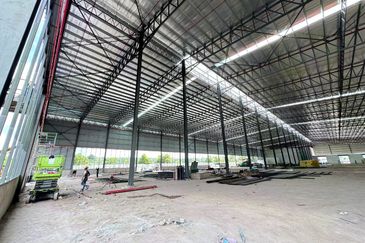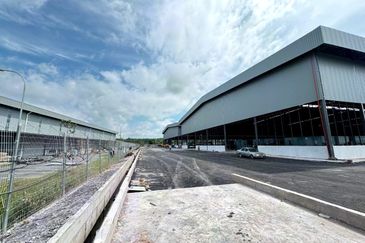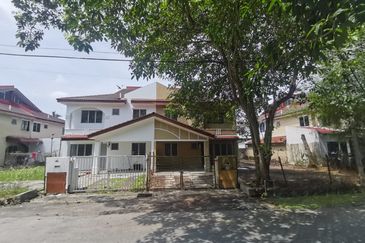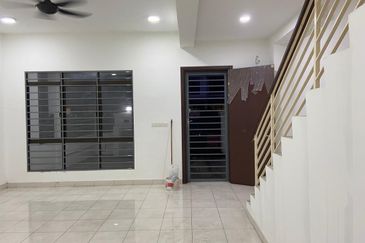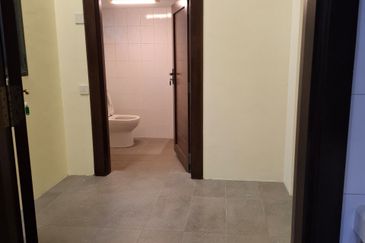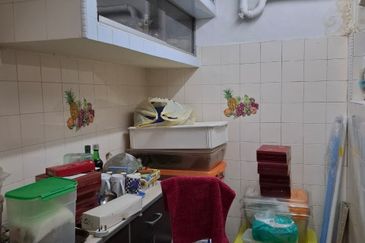NON-STRATA COMMERCIAL CATEGORY — GOLD
PETRONAS TWIN TOWERS
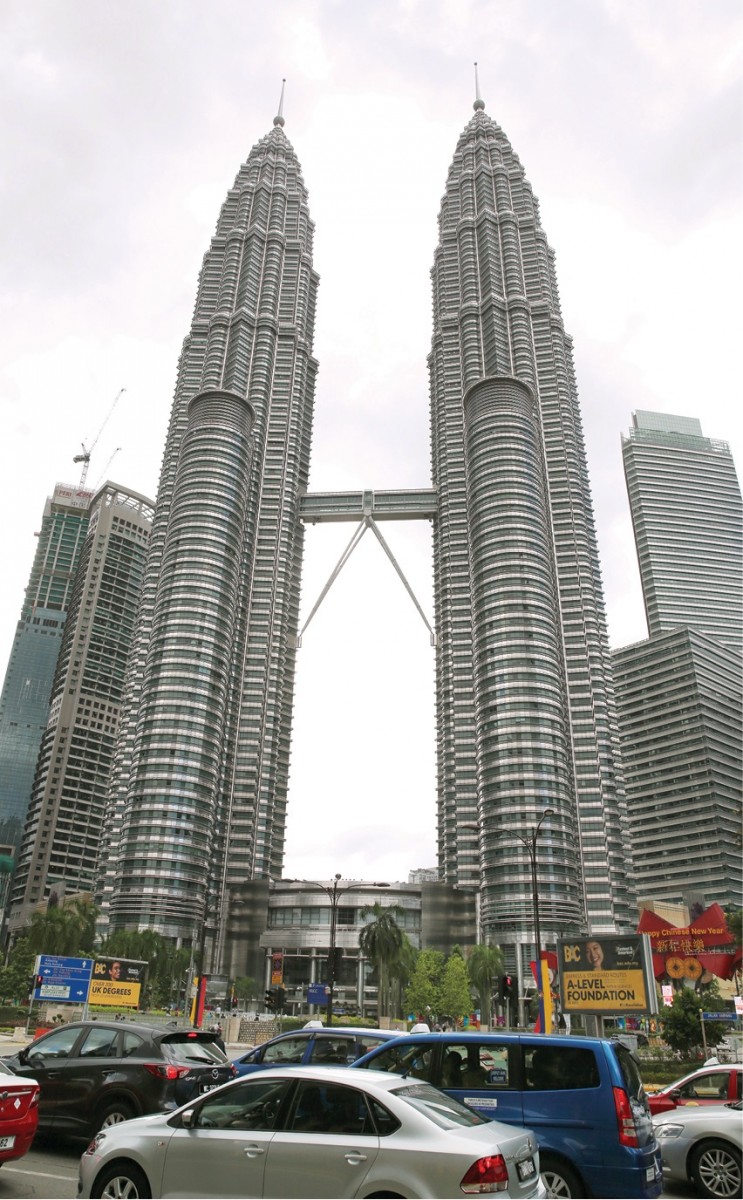
 The Petronas Twin Towers, more popularly known as KLCC, is the pride of our nation, but its symbolic status is not the winning factor. What is impressive is how the building has remained relevant and brand new even after 21 long years. Its high level of maintenance, tight security and forward thinking has successfully won the judges’ approval to emerge the Gold winner in the non-strata commercial segment in the first TheEdgeProperty.com Malaysia’s Best Managed Properties Awards 2017.
The Petronas Twin Towers, more popularly known as KLCC, is the pride of our nation, but its symbolic status is not the winning factor. What is impressive is how the building has remained relevant and brand new even after 21 long years. Its high level of maintenance, tight security and forward thinking has successfully won the judges’ approval to emerge the Gold winner in the non-strata commercial segment in the first TheEdgeProperty.com Malaysia’s Best Managed Properties Awards 2017.
Developed by KLCC (Holdings) Sdn Bhd, the towers are owned and managed by KLCC Management Sdn Bhd. KLCC Urusharta Sdn Bhd (KLCCUH), a wholly-owned KLCC Property Holdings Bhd company, is the property manager for the stately edifices located at Jalan Ampang, Kuala Lumpur. Petronas Twin Towers is also one of the properties under KLCC REIT’s property portfolio, besides other assets including Menara ExxonMobil and Menara 3 Petronas.
KLCCUH, a management company which also manages the Putrajaya Wetlands, Menara ExxonMobil, Kompleks Dayabumi, Menara Maxis and KLCC Park, started managing Petronas Twin Towers since its completion in 1996. A Management Review Committee (MRC) chaired by the head of KLCCUH and other department heads discuss matters pertaining to the building’s Quality Management System every six months.
KLCC Property Holdings Bhd and KLCC Real Estate Investment Trust (REIT) Management Sdn Bhd CEO Datuk Hashim Wahir says forward thinking is the most crucial element. “An iconic and sustainable building may not necessarily be the tallest building, but it must be a memorable one.”
“Until today, KLCC has remained the tallest twin tower building in the world and whenever there is any news about Malaysia, it will always be the representative image. This is something we are proud of, thanks to the late Tun Azizan,” says Hashim.
The late Tun Azizan Zainul Abidin, who is also the former group CEO of Petroliam Nasional Bhd (Petronas), is the key person behind the vision of building the highest twin towers in the world. At 451.9m, the 88-storey landmark held the record for the world’s tallest building from 1998 to 2004. According to the Skyscraper Center’s report, it currently ranks the ninth tallest building globally.
Situated on 5.37 acres, the freehold development has a gross floor area of 4.6 million sq ft. It is currently 100% occupied, with prominent tenants such as Petronas, Khazanah and Sapura Kencana.
According to Hashim, the average monthly rental rate for its office space is about RM14 psf, which is the highest in KL.
The most wanted address
Being the first and tallest twin towers in the city centre, Petronas Twin Towers has created the most wanted address in the country as well as in the Southeast Asia market.
Although KLCC is surrounded by many imposing structures and new office blocks with various offerings, Hashim notes that its comprehensive amenities and quality services still make it highly attractive. “The quality of the building and structure sets a foundation for us, and my job is to provide the best service to the customers to retain their tenancy,” he adds.
With Petronas as the main tenant, KLCC is also recognised as the home for Malaysia’s oil and gas industry as most of the players, including downstream sectors as well as the financial corporations, want to have an office close to the country’s oil producer.
No expenses spared
Hashim shares that security, connectivity and a comfortable working environment are the main concerns for the tenants. “Details are important, such as the time needed to get to the intended levels and cleanliness. Toilet hygiene is a priority, especially for a world-class building. Toilet conditions reflect the quality of the property manager as well as the mentality of the people who work there,” he opines.
Hashim notes that Petronas Twin Towers is built with good material, which has made the maintenance work easier as the management team only needs to make sure the contractor increases the cleaning frequency and adopt a high level of cleanliness.
The on-going cleaning of the gleaming towers’ façade all year round, except during bad weather, ensures it looks brand new.
“We have spent millions of ringgit every year to clean the building. For us, it’s not about sparing the money but these are the essential expenses to ensure the building is in pristine condition,” he adds.
Another key in ensuring the lowest breakdown rate of all services is by engaging the original manufacturer for the facilities, such as elevators, to make sure they get immediate assistance and the best maintenance quality. Hashim highlights Petronas Twin Towers has the record of the least breakdown of services or lift entrapment in Malaysia.
Green initiatives
 In 2014, KLCCUH embarked on initiatives to obtain the Green Building Index (GBI) Malaysia certification for Petronas Twin Towers. The efforts paid off when it attained the Provisional Gold Certification in April 2015.
In 2014, KLCCUH embarked on initiatives to obtain the Green Building Index (GBI) Malaysia certification for Petronas Twin Towers. The efforts paid off when it attained the Provisional Gold Certification in April 2015.
The key GBI initiatives include upgrading the building management system, installing water efficient toilet flushing system and variable fan drivers for lift motor rooms and fire fans.
Besides this, the management company also promotes the usage of biodegradable and eco-friendly products as they not only benefit the environment but also help reduce cost. This includes promoting the use of non-toxic recycled content materials and products low in Volatile Organic Compounds (VOC) in paint and adhesive or furnishings such as carpet flooring or ceiling insulation.
“KLCCUH has incorporated energy-efficient measures throughout the building in order to optimise cost,” says Hashim. These measures include re-commissioning works of the system. For instance, it has phased out T8 fluorescent tubes in Tower 1 to T5 fluorescent tubes instead in 2011. For Tower 2, T8 fluorescent tubes were replaced by LED tubes, which are less energy consuming and easier to install, in 2016.
The management company also keeps improving the maintenance system through upgrading, overhaul or re-engineering from time to time.
Community relevance
Having been with the company for 36 years, Hashim has witnessed the dynamic changes of the city landscape. However, despite the many new developments, he opines KLCC has managed to capture the attention of visitors and big companies for its relevance in the market.
The other components of the development — Suria KLCC, KL Convention Centre, Dewan Filharmonik Petronas, the public park and Mandarin Oriental Hotel, have brought in new elements from time to time to keep KLCC vibrant. This is boosted by the direct connectivity to the mass rapid transit (MRT) system.
Furthermore, the sheltered walkway link to the Bukit Bintang Shopping Belt has also channelled visitors to KLCC, making it a centre for business, leisure and entertainment as well as transportation.
Prepared against possible crisis
With easy accessibility, security is also a priority for the property manager, especially when recent terrorist attack cases overseas have spurred public concern about the safety of the country’s most iconic building.
Hashim stresses that crisis management started long before the public raised their worries. Besides the routine fire drill, the property manager also planned for emergency evacuations against external attacks.
“Back in 2001, the day after the September 11 attack, we conducted an emergency evacuation drill to familiarise occupants with the evacuation route and for the property manager to identify and improve the plan,” he recounts. “All the security procedures and systems are in place. In case of emergencies, the evacuation process could be done smoothly.”
He notes that KLCC has been classified as a government building under the Malaysian National Security Council. In the event of any serious attacks, the police will take control to ensure the occupants’ and visitors’ safety.
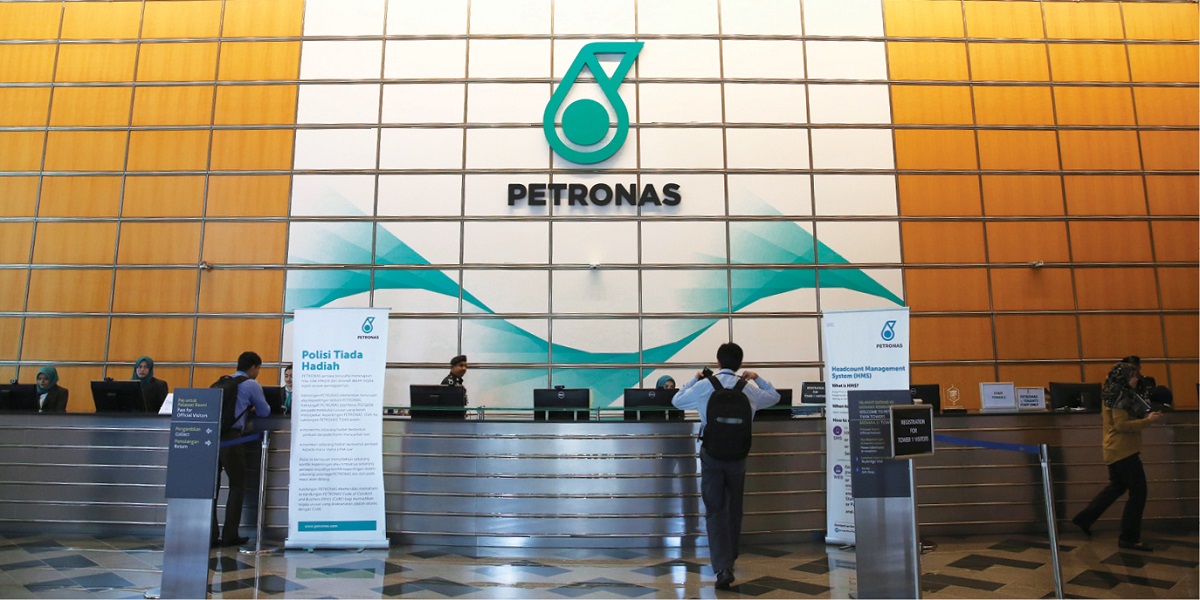
Sustainability founded on original design
Hashim opines that for a building to be sustainable, the key lies in the planning and design process. “The foresight is important at the planning stage. A quality building that can last for decades needs a good design, choices of building material and the flexibility of space,” he stresses.
At the same time, the property management also plays an important role in prolonging the life cycle of the building.
After more than two decades, KLCC has remained the icon of the country, attracting 45 million visitors every year. “The efforts and expenses we put in are worth it as many first-time visitors think this is a new building,” he says.
Moving forward, Hashim is confident the continuous hard work and cooperation among the developer, owner and property manager will ensure KLCC remains relevant and iconic for decades.
TEPBMA2017
For more stories on the Awards, click here.
This story first appeared in TheEdgeProperty.com pullout on April 7, 2017. Download TheEdgeProperty.com pullout here for free.
TOP PICKS BY EDGEPROP
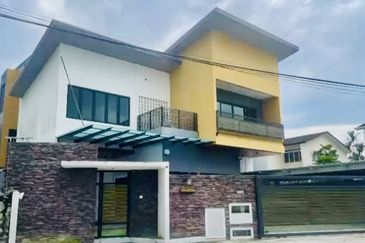
Taman Sri Hijau ( New Green Park )
Rawang, Selangor

hero.jpg?GPem8xdIFjEDnmfAHjnS.4wbzvW8BrWw)
